The redox evolution of arc magmas: from the oxygenation of the Earth’s atmosphere to the genesis of giant hydrothermal ore deposits
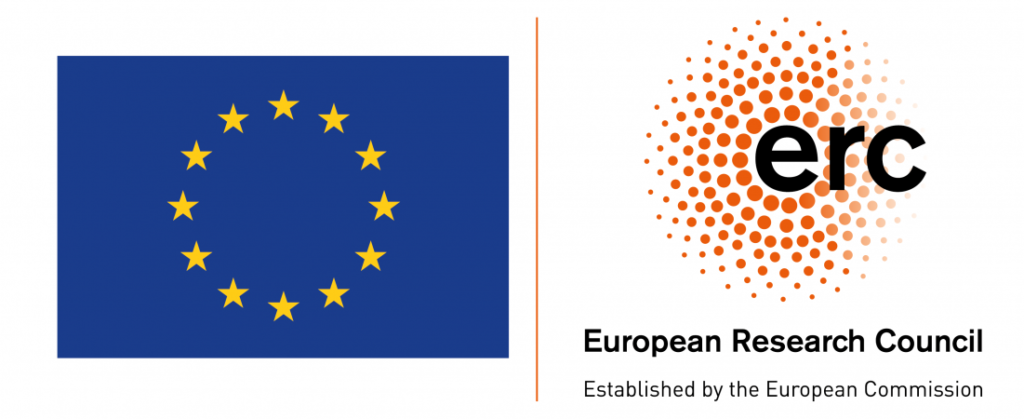
Arc magmatism at subduction zones is responsible for much of the mass transfer of chemical elements between the Earth’s lower and upper spheres. Arc magmas are significantly more oxidized and richer in volatile elements than other voluminous magma types on Earth. These characteristics promote the genesis of large magmatic-hydrothermal ore deposits, which provide much of the mineable base and precious metal resources for our society. Their significance is ever increasing in the face of new global challenges. For example, copper is essential for our society’s transition to carbon-neutral clean energy sources and about 75% of the present copper production is derived from such magma-related deposits.
The project OXYGEN aims to identify the processes that lead to the oxidation of arc magmas and the interplay between these processes and the magmatic abundance of metallic and volatile elements critical for ore genesis. This will help improve genetic models for magmatic-hydrothermal ore formation leading to better exploration strategies for such ore deposits. In addition, by using data generated in the framework of the project, we will be able to better assess the role of arc magmatism in the oxidation of the Earth’s atmosphere, which was one of the most critically important steps towards making our planet habitable for advanced life forms.
Read scientific project abstract here.
Our Team
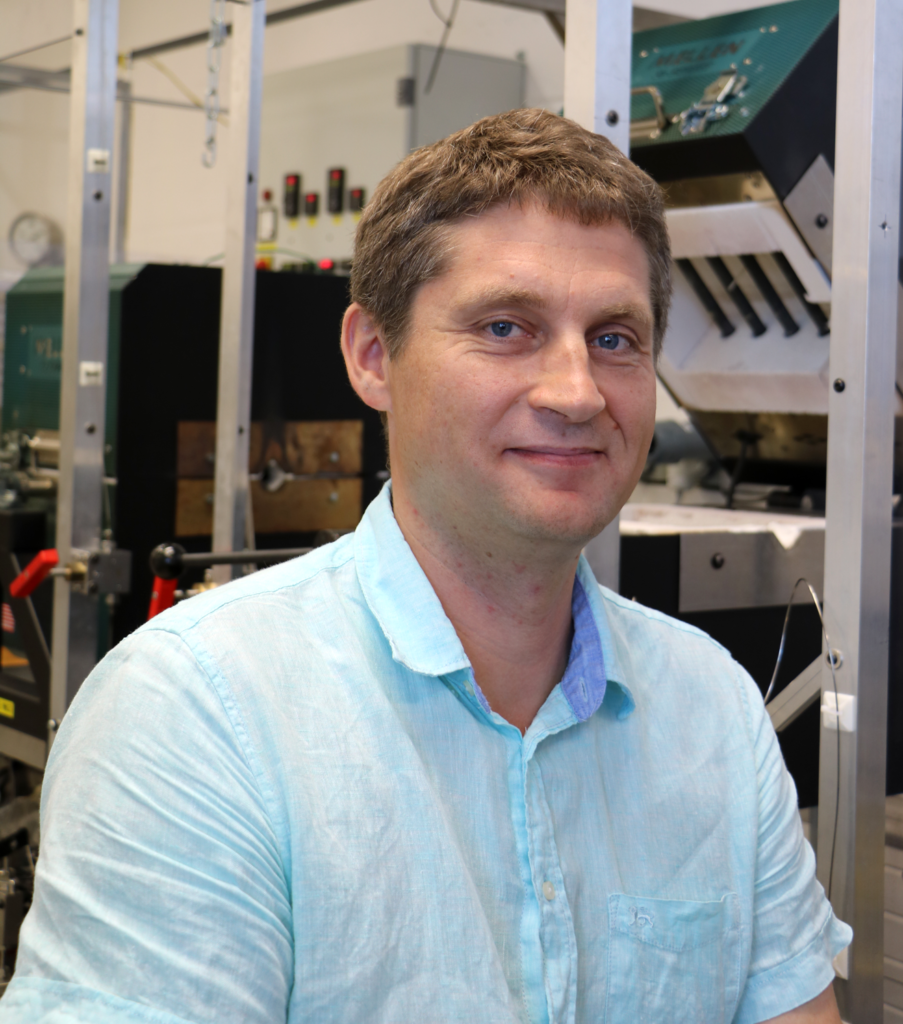
Zoltan Zajacz
Professor of Mineral Resources
Zoltan’s research focuses on understanding what controls the fertility of magmas for magmatic-hydrothermal ore genesis. He combines high pressure-temperature laboratory experiments with field-based studies and computational modeling in his research. Experimental studies focus on the speciation, solubility and partitioning behavior of ore metals and their ligands from the slab-mantle interface to shallow hydrothermal systems, as well as on developing new methodologies to constrain intensive thermodynamic variables during magma differentiation. Field based studies heavily rely on silicate melt and fluid inclusions in minerals to reconstruct the fate of volatiles and ore metals in magmatic-hydrothermal systems. He is also passionate about the development of new experimental and microanalytical tools and methodologies.
Zoltan received his PhD degree from ETH Zürich in 2007 and spent several years as postdoctoral researcher and senior research scientist at the University of Maryland and ETH Zürich, followed by a faculty appointment at the University of Toronto, from where he moved to the University of Geneva in 2019.
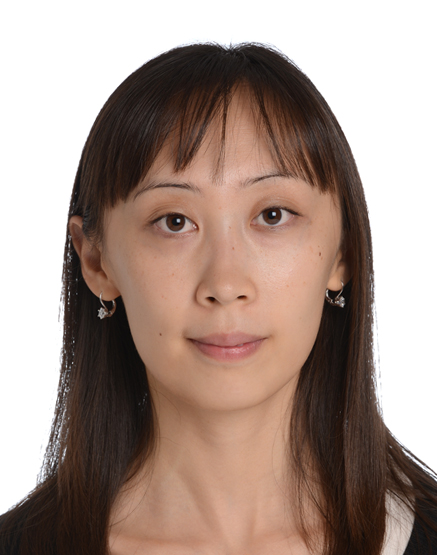
Alexandra Tsay
Senior Researcher
Alexandra Tsay is a senior researcher with interests in igneous petrology and the geochemistry of subducted slab-derived fluids. She completed her MSc degree in volcanology at Moscow State University and obtained her PhD in experimental petrology at ETH Zürich in 2014. Subsequently, she worked at the University of Toronto as SNSF Early Mobility postdoctoral researcher and later as laboratory manager. She has additional interests in the development of new micro-analytical and experimental methodologies, and she is the manager of the LA-ICP-MS and high-pressure laboratories at UNIGE.
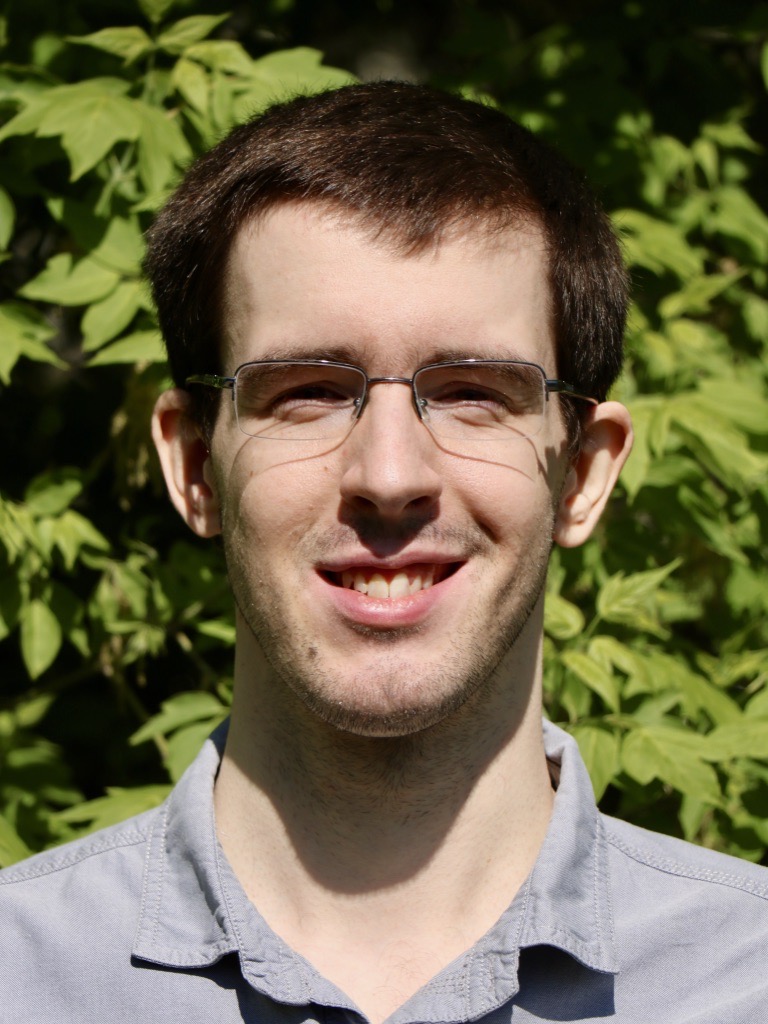
Stefan Farsang
Postdoctoral Researcher
Stefan Farsang is a postdoctoral researcher investigating the speciation of sulphur in magmatic fluids as a function of fO2 at various pressure/temperature conditions using Raman spectroscopy on synthetic fluid inclusions. Stefan received his BSc (Hons) from the University of St Andrews (2012-2016) and PhD from the University of Cambridge (2016-2020), where he looked at carbonate mineral formation and behaviour in a wide range of environments, including subduction zones and asteroids.
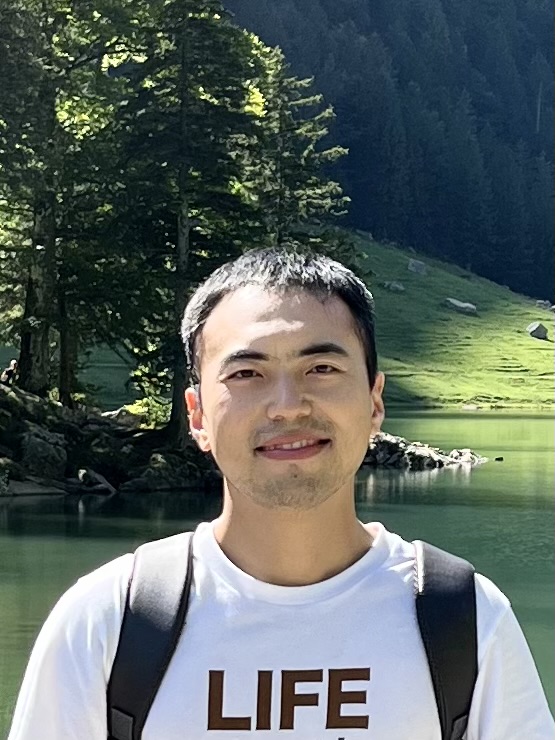
Weikai Li
Postdoctoral Researcher
Weikai Li is a postdoctoral researcher who is currently investigating how various slab-derived fluids may control the redox state of the mantle wedge at subduction zones. He received his BSc from China University of Geosciences (Beijing), MSc from Chinese Academy of Geological Sciences and PhD from Peking University. His doctoral research focused on the interplay between the redox state of magmas and their fertility for porphyry-type ore genesis.
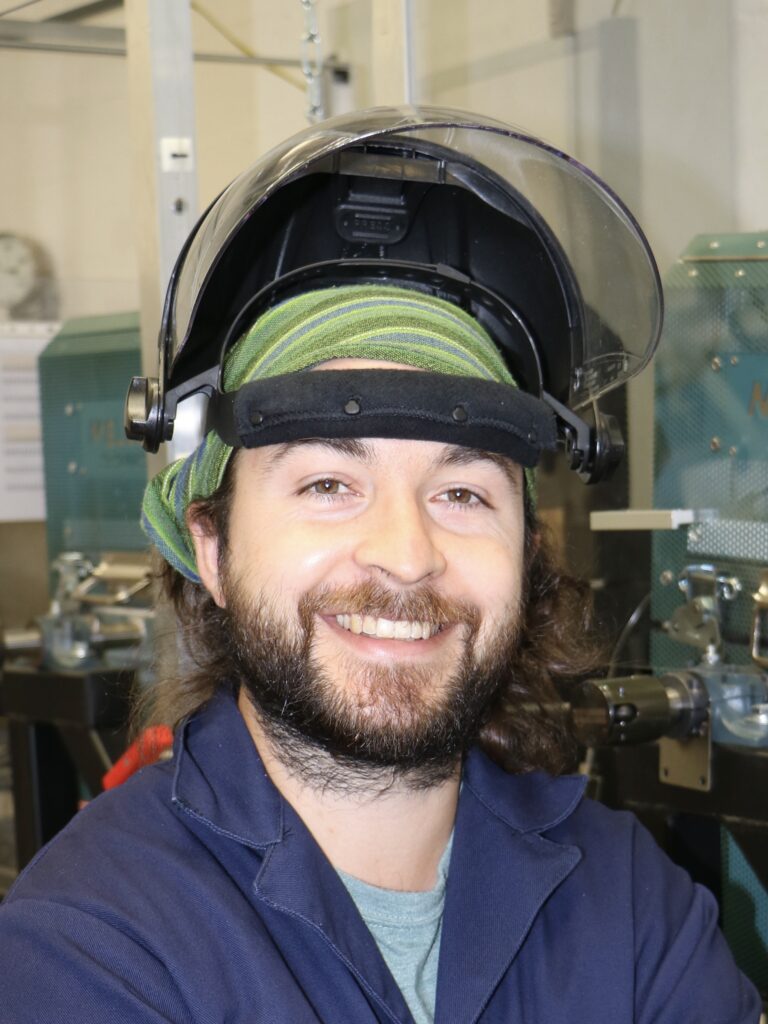
Enzo-Enrico Cacciatore
PhD Student
Enzo-Enrico Cacciatore is a PhD student investigating the interplay between magma redox and magma differentiation in arc settings by experimentally studying phase equilibria and developing new oxybarometers. Enzo received his BSc from the Friedrich-Alexander-Universität Erlangen-Nürnberg (2011-2015) and MSc from the TU Bergakademie Freiberg (2015-2020), where he worked on the microchemistry and microthermometry of hydrothermal sphalerite in cooperation with the Helmholtz Institute Freiberg for Resource Technology.
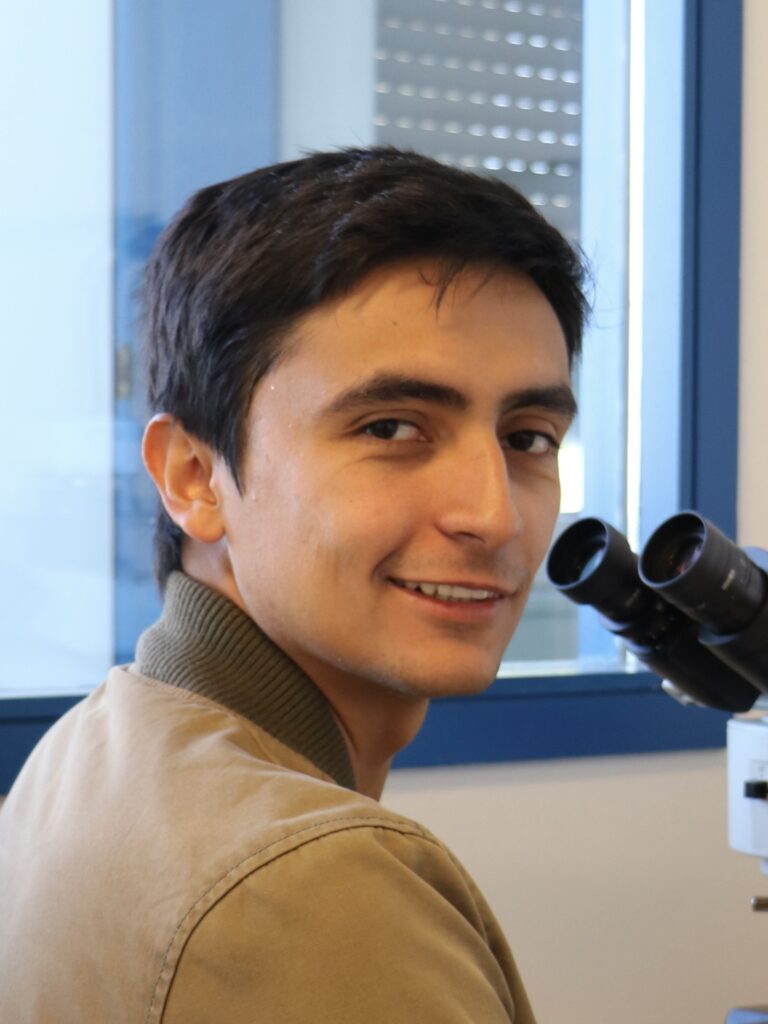
Iván Mateo Espinel Pachon
PhD Student
Iván Mateo Espinel Pachon is a PhD student investigating the redox evolution of arc magmas during differentiation in the crust at continental margins. Mateo received his BSc from the Universidad Nacional de Colombia, sede Bogotá (2014-2019) and his MSc from University of Geneva (2019-2021). In his previous research, he used fluid inclusions in gangue and ore minerals to understand ore metal transport and precipitation in magmatic-hydrothermal systems in Colombia and Peru.
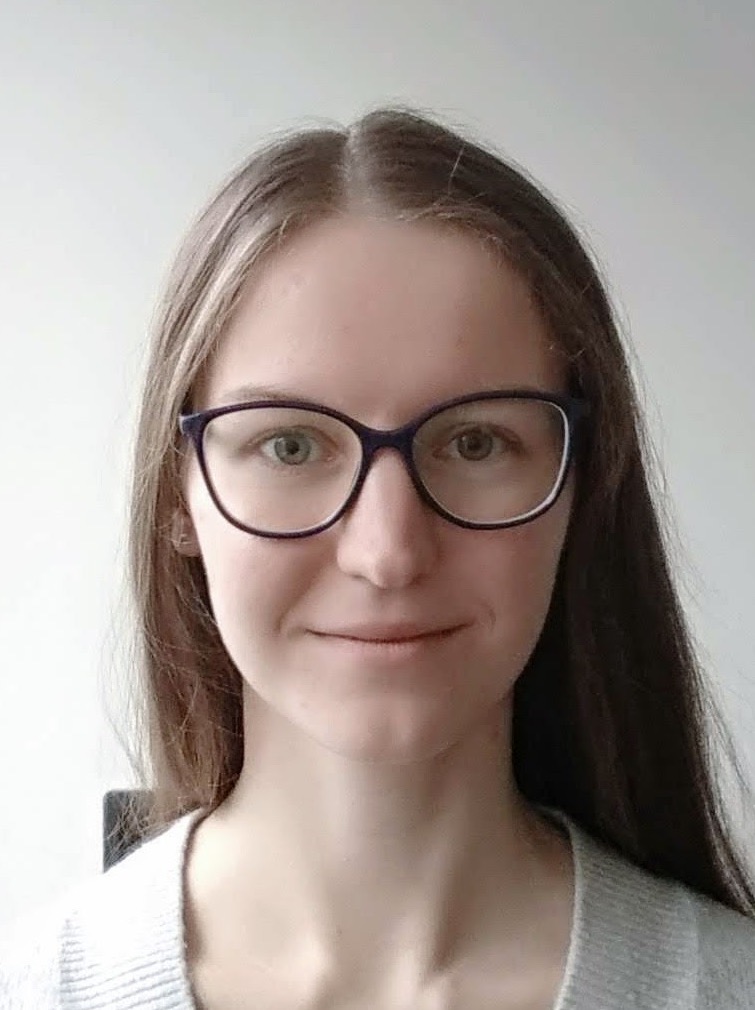
Zsófia Pálos
PhD Student
Zsófia Pálos is a PhD student investigating the role dissolved sulfur and iron species in subduction zone fluids play in the oxidation of the sub-arc mantle. She conducts experiments with piston cylinder apparatus capturing high-pressure fluids in the form of synthetic fluid inclusions. Zsófi received her BSc and MSc degree in the Eötvös Loránd University, Budapest, Hungary in (2013-2016 and 2016-2018 respectively). Her previous research focused on metasomatic reactions in the upper mantle traced by mineralogy and fluid inclusions in mantle xenoliths.
What do we Do?
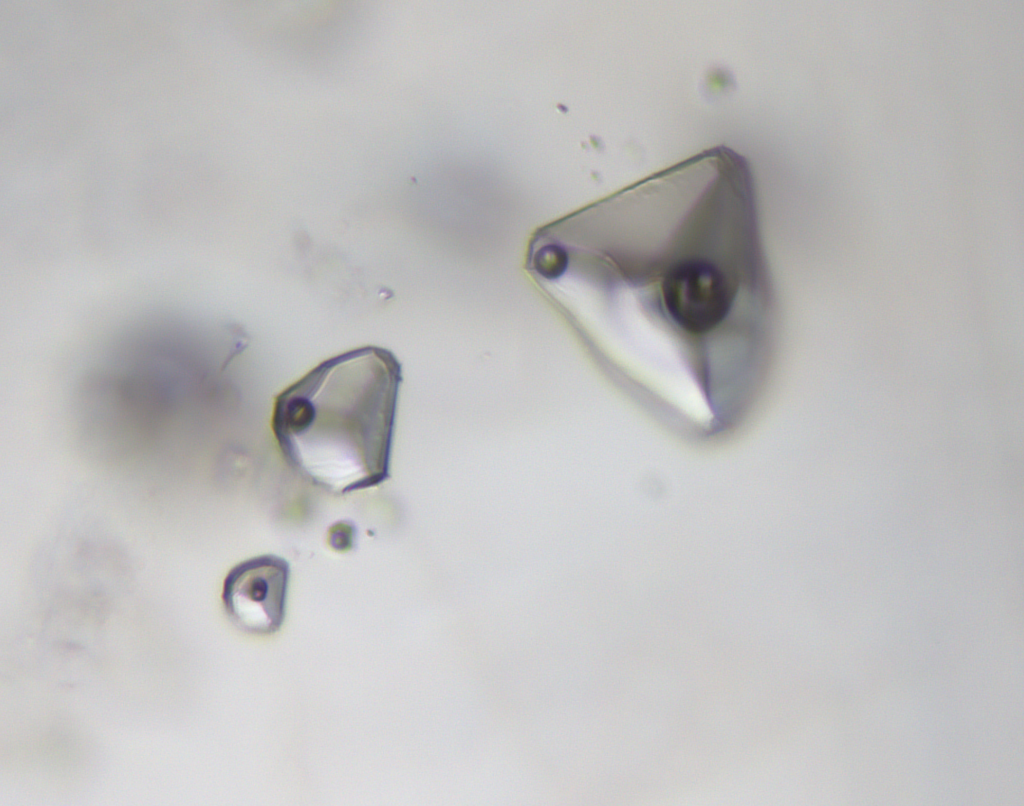
We experimentally investigate the transport of oxidative components in subducted slab-derived fluids. For this purpose, we trap fluids equilibrated with various mineral phases and redox buffers at extreme conditions and subsequently study them by using various spectroscopic and spectrometric methods. The picture shows sulfur-bearing synthetic fluid inclusions trapped at P=2.6 GPa and T=800 oC.

We look at microscopic-sized droplets of silicate melt entrapped in magmatic phenocrysts to help retrieve critical information from natural samples with regards to the processes that lead to the oxidation of arc magmas. The picture shows some recrystallized silicate melt inclusions co-existing with euhedral olivine inclusions in a clinopyroxene crystal. The size of the inclusions ranges from 15 to 40 micrometer.
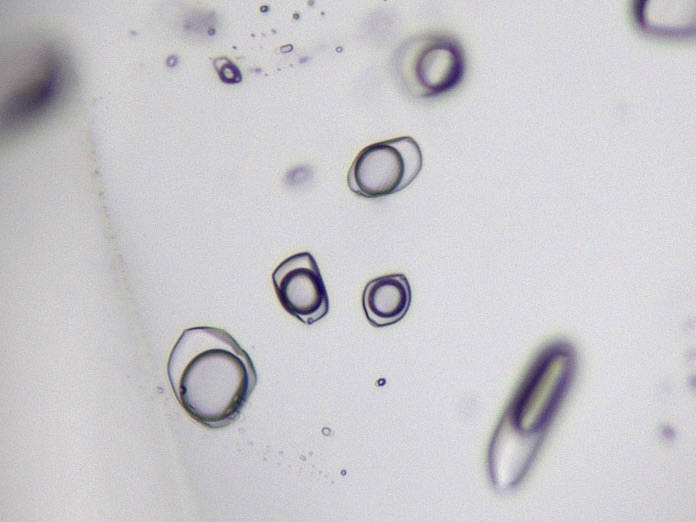
We conduct Raman spectroscopy on sulfur-bearing aqueous fluids and silicate melts in situ at magmatic P-T conditions to determine systematics in the speciation of sulfur as a function of oxygen fugacity and other intensive and extensive thermodynamic variables. We develop new hardware and methodologies for this purpose. The picture shows S-bearing synthetic fluid inclusions in quartz produced for these experiments. The diameter of the inclusions is about 10 – 20 micrometer.
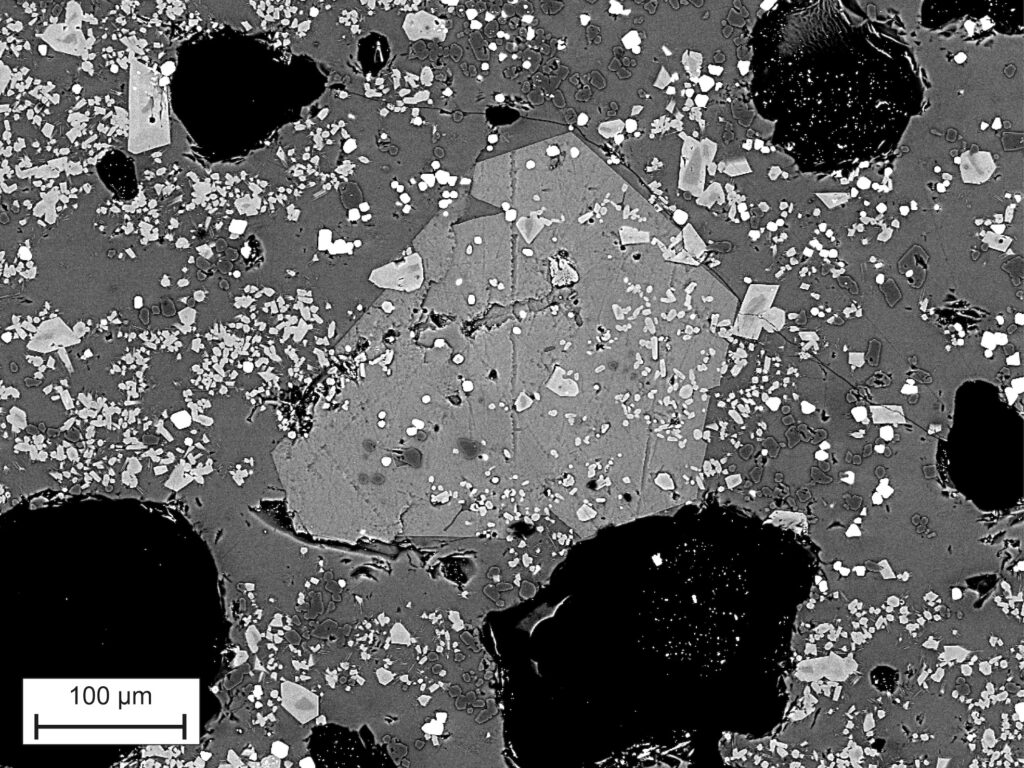
We conduct phase-equilibrium experiments on hydrous magmas with the primary purpose of developing new versatile and accurate oxybarometers. This is facilitated by a new prototype MHC pressure vessel apparatus we developed, which allows flexible, precise and accurate redox control while maintaining rapid-quench capability. The picture shows the run product of such an experiment with microscopic-sized crystals in the silicate glass matrix.
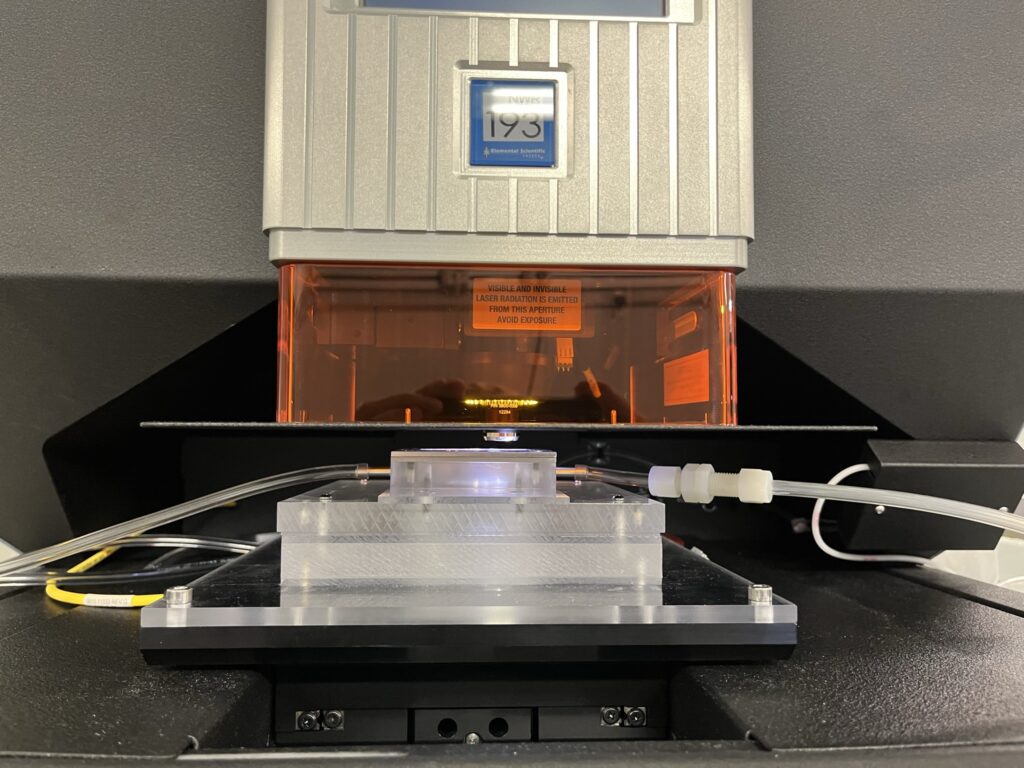
We develop new microanalytical methodologies with LA-ICP-MS and SIMS to expand the utility to these techniques to extract information from very small samples such as fluid and melt inclusions in minerals and crystals grown in experiments. The picture shows an in-house built ablation cell mounted on our ESL 193 HE laser ablation system that is characterized by low gas blanks for volatile elements to facilitate the determination of the concentration of these in fluid and melt inclusions in minerals.
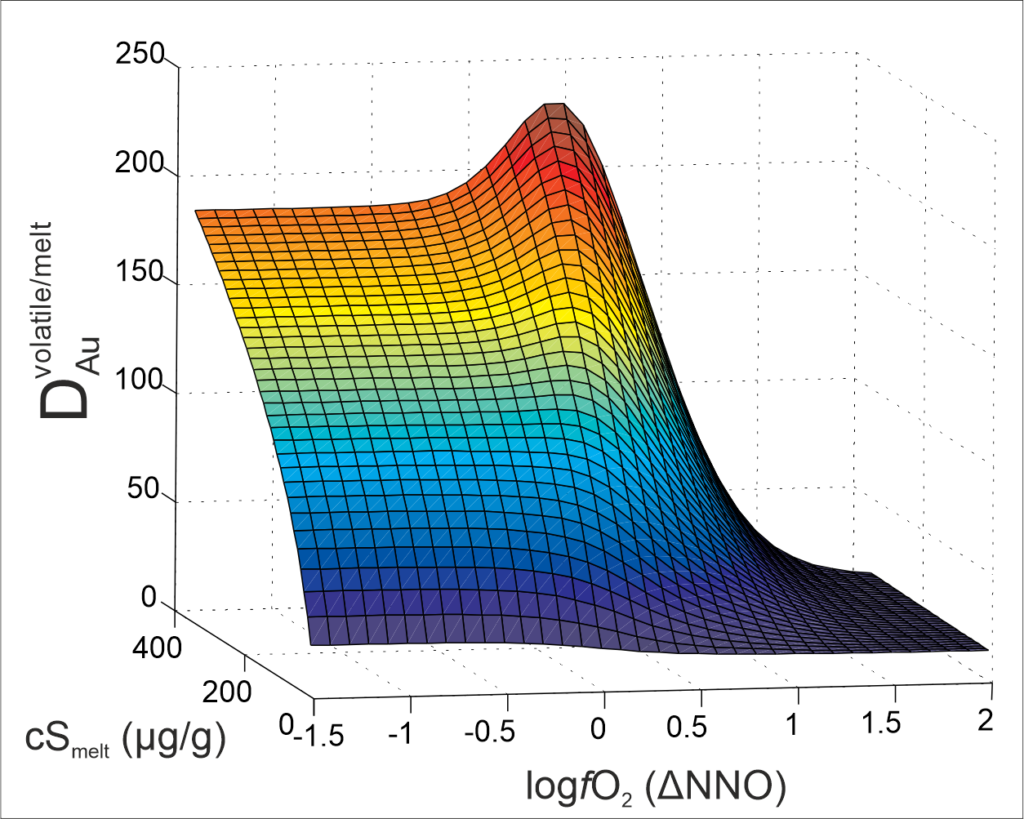
We use computational modelling to combine all the above information into a coherent picture and employ this to better understand magmatic-hydrothermal ore genesis and the interaction between arc magmatism and the Earth’s atmosphere.
News and highlights
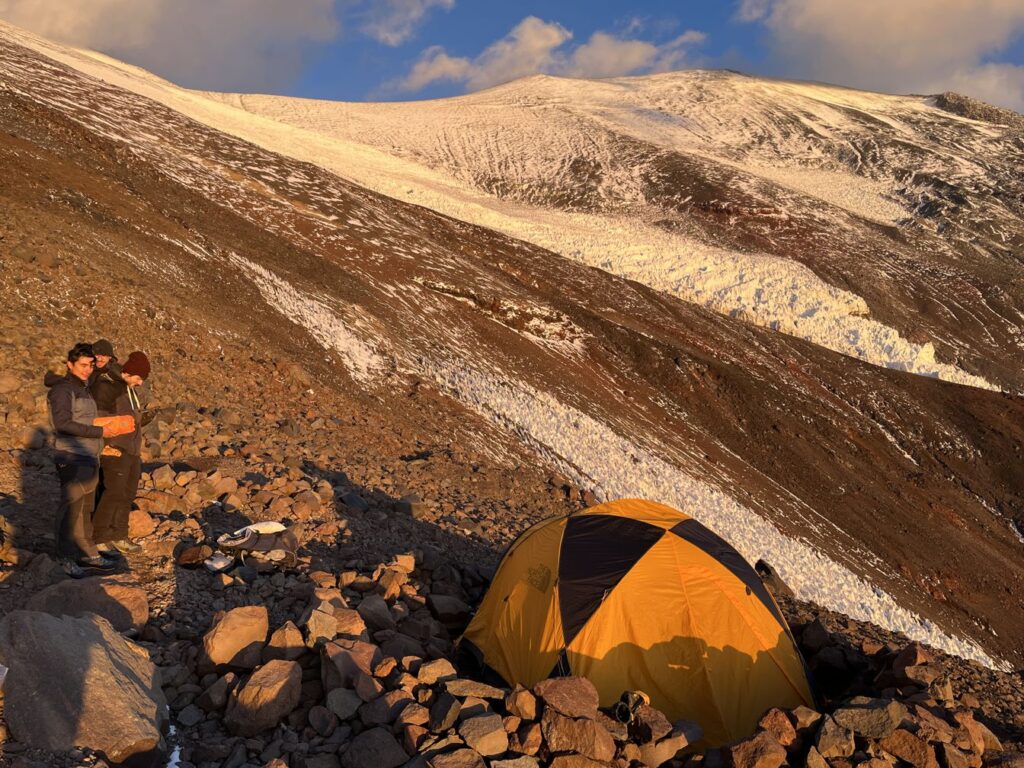
Field work conducted at the San Jose – Espiritu Santo volcanoes in Central Chile in Feb. 2022.
High-camp at 4800 m elevation, with the main crater of the San Jose volcano (5850 m) in the background.
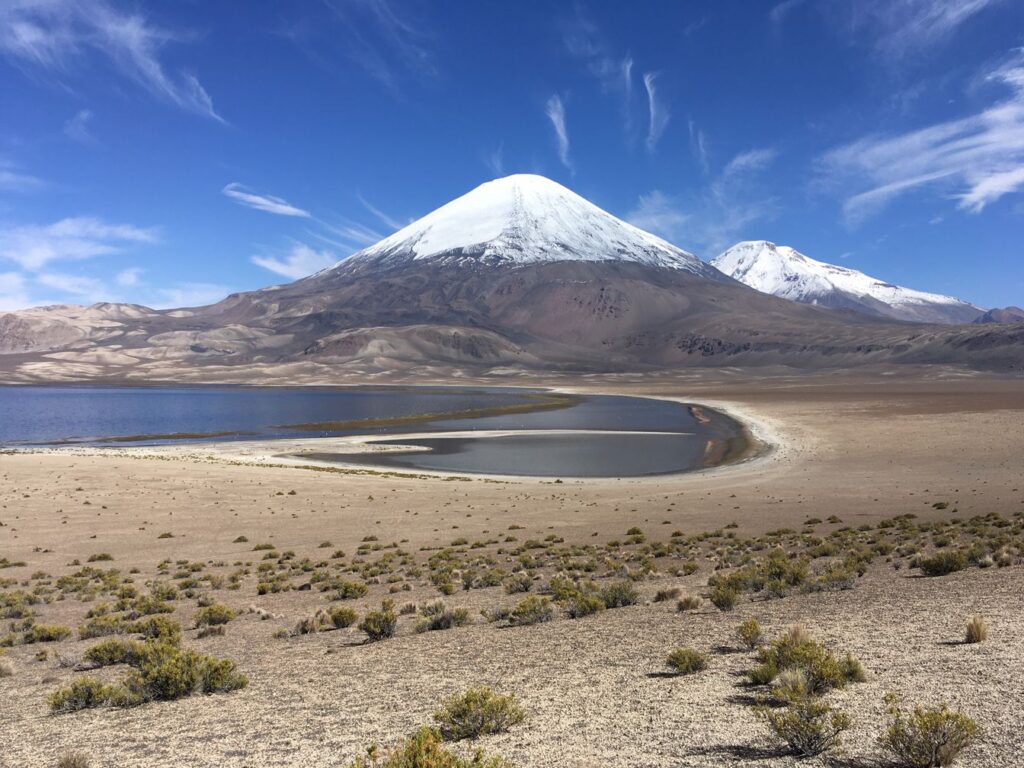
Field work conducted at the Parinacota and Taapaca volcanoes in Northern Chile in Dec. 2021.
View of the Parinacota (front) and Pomerape (back) volcanoes upon approaching the field area.
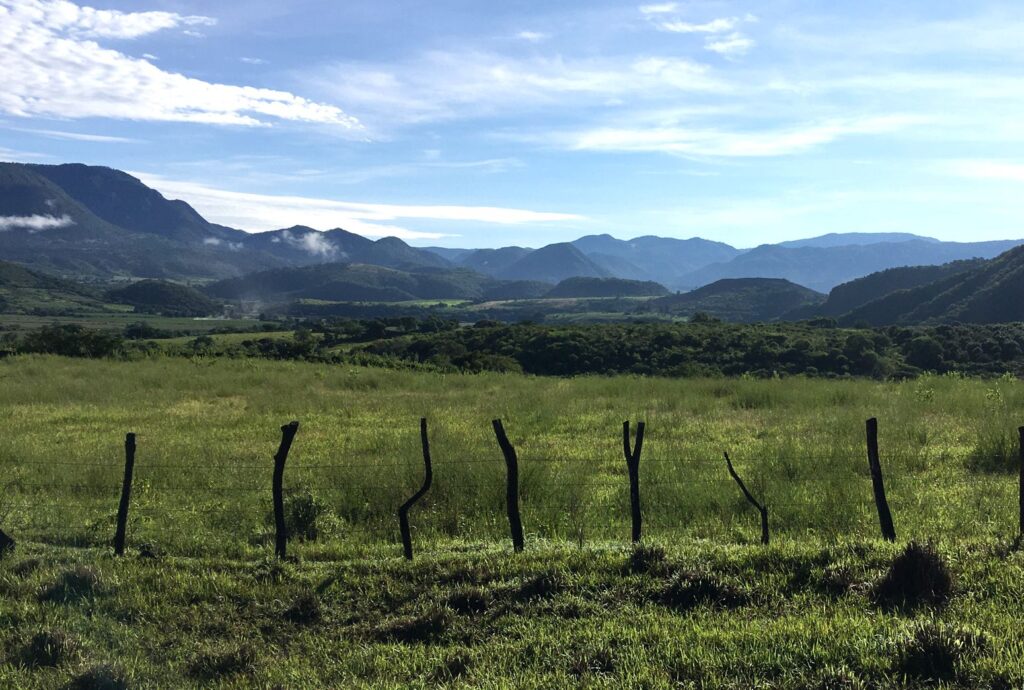
Field work conducted in the Trans-Mexican Volcanic Belt in Oct. 2021.
Numerous monogenetic volcanoes of the Mascota Volcanic Field are visible on the image.
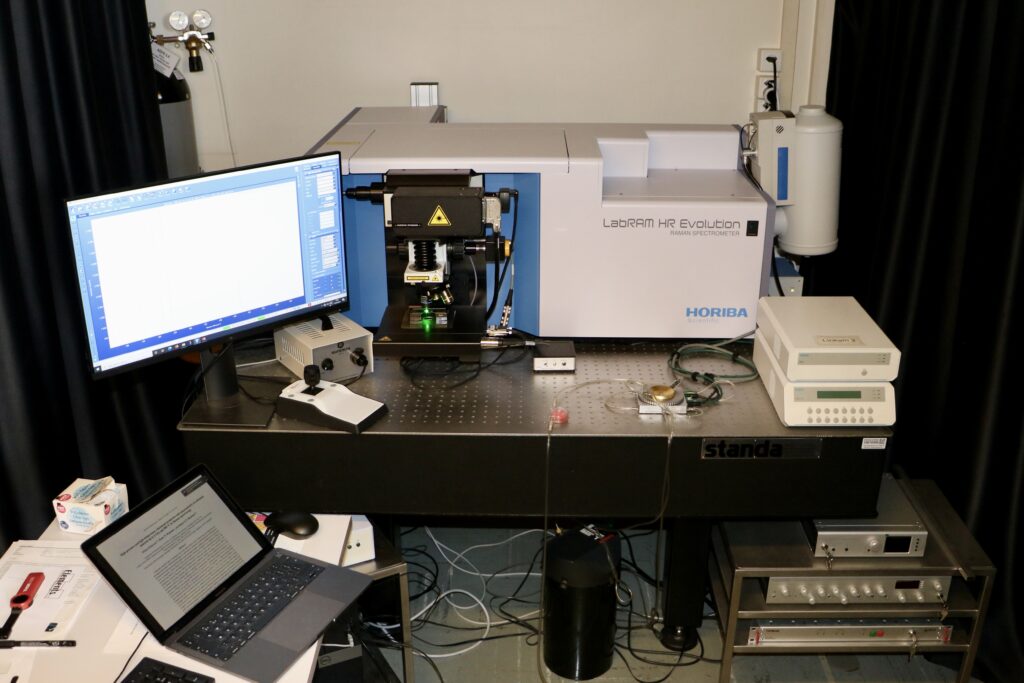
Our recently purchased LabRAM HR Evolution Raman spectrometer.
